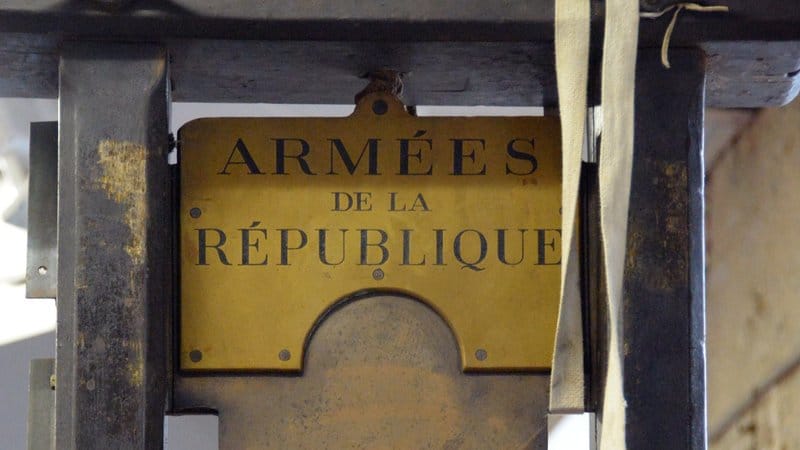 It was the doctor Joseph Ignace Guillotin, who decided, in a humanitarian gesture, that the guillotine shouldn’t just be for the benefit of the French nobility.
It was the doctor Joseph Ignace Guillotin, who decided, in a humanitarian gesture, that the guillotine shouldn’t just be for the benefit of the French nobility.
Oh no. In the true spirit of the new French republic, it should be the right of every French citizen to have his or her head cut off by this new machine, as the previous human executioner would sometimes have to hack away several times, before heads would roll!
The guillotine saw off an estimated 40,000 victims during the Revolution among which King Louis XVI, his wife, Marie Antoinette and Revolutionary leaders Robespiere and Danton.
During the Reign of Terror of the mid-1790s, a public death by guillotine was exciting entertainment, often with souvenir guillotines on sale and programmes with the order of names of those to be beheaded.
The infamous ‘tricoteuses’ were guillotine groupies who hung around the scaffold knitting ‘liberty caps’ — symbols of freedom and the republic – between beheadings.
In The Scarlet Pimpernel, famous 1908 novel by Baroness Orczy, and set during the French Revolution, she writes of the tricoteuses….. “They sat beneath the guillotine platform to knit whilst head after head fell beneath the knife, and they themselves got quite bespattered with the blood of those cursed aristos.”
The guillotine continued to be used long after the French Revolution and was the only official and legal form of execution in France until capital punishment was banned in 1981.
The last execution by guillotine took place in 1977.


